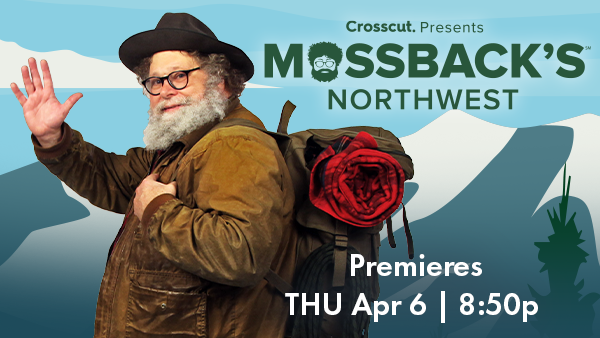What she didn’t know is that this highly threatened species, Kincaid’s lupine, could survive only on her land.
The rare bloom was discovered in 2004 by a passerby (by chance, an employee of the Washington Department of Natural Resources) who spotted it on Mallonee’s family’s dairy operation in Curtis, Wash., in Lewis County. “It kind of just changed the whole thing,” she says.
The Mallonee family had to prove that their cattle grazing near the lupine did not pose any risk, but in fact helped it thrive.
“If we didn’t have the cattle, [they] wouldn’t be eating out the competitive forage, and then the lupine would slowly shrink back,” Mallonee says.
Now the farm hosts Washington’s largest concentrated population of Kincaid’s lupine.
“It's a marker in our environment that we have to draw a line,” Mallonee says. “We have to say, if we don't protect this, what's the next thing we're gonna overlook protecting?”



